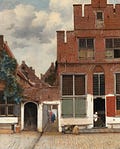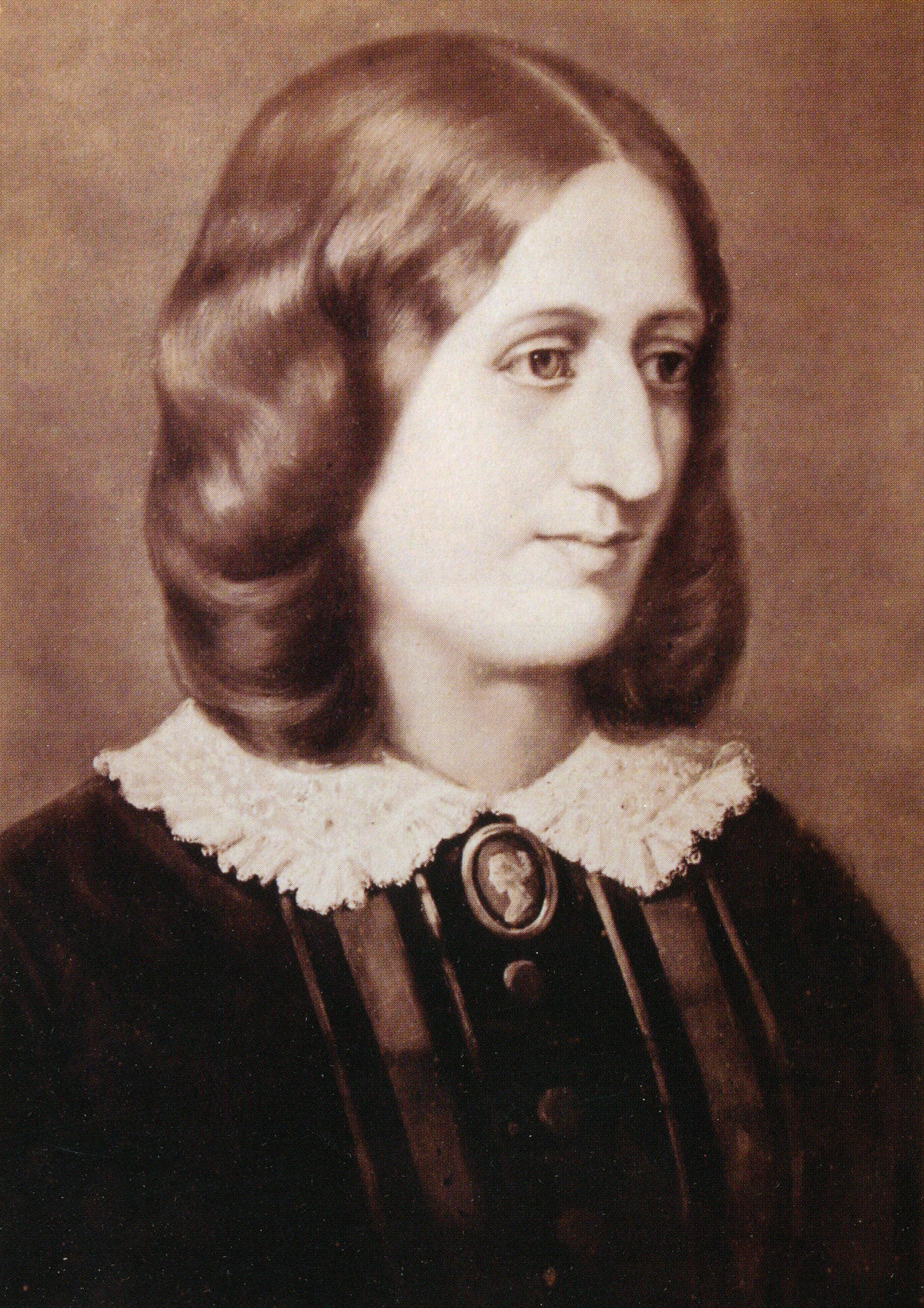I write I Have Serious News to engage you, the reader, in thinking about the end of life. I want to provide helpful information about cancer and its treatment.
However, I Have Serious News’s purpose has evolved, leading me to think about memoirs and art in a new light.
I started writing about cancer to teach myself so I could make better decisions about my treatment. Lots of other people get cancer, too, so what I learned might also help them.
So, I Have Serious News began as science journalism, mostly about how cancer treatments work. Cancer care, however, is much more than chemotherapy, radiation, and surgery. Learning about pain control and palliative care has been transformative.
Over time, though, my goals changed. My cancer has resisted successful treatment, and the more treatments I fail, the less my case resembles those of other patients. I believe in evidence-based medicine, but unfortunately, not much evidence is relevant to me. I plan to keep writing about cancer treatment, but it’s less attractive to discuss when it isn’t working.
At the same time, I discovered that the psychology of being a cancer patient was crucial to my well-being. Relationships with friends, family, and medical providers matter immensely. You can write about that as a journalist. However, I was more interested in understanding and communicating how I experienced the situations I was thrown into. When social science was involved, I’d discuss it, but my goal was to tell my story.
Over time, however, I found that people responded to that story. They were interested in how I reacted emotionally and adapted to cancer. Several times, I have been told I do not have much time. Learning how to live with this has, perhaps, become the essential story.
Unexpectedly, I have found that reflecting on suffering and death propelled me far more deeply into my religion. What is your life’s purpose, and how does it change as you approach your end? Which virtues matter? What should you hope for? Should you have faith, and if so, in what? I want to write more about love because that is what sustains me, but I want to protect the privacy of my friends and family even more. There are still discussions of treatment and health policy, but I Have Serious News is also becoming a story of my ongoing religious conversion, told through memoir.
So now I am a memoirist rather than a science journalist. The purpose of writing to learn how to live with cancer remains constant.
However, memoir is an art form, and one of the gifts of cancer has been the opportunity to learn something about writing creative non-fiction. Don’t get me wrong; a good memoir shares a commitment to objective facts with good journalism.
But I want to write more than just the narrative of my life. Memoir shares with realistic fiction a commitment to the truth about my internal life, which includes how I understand others’ internal lives. Truth is challenging to define here; there are no verifiable facts.
Moreover, I am now writing not just to educate but also to persuade. Mindful of the high rates of suicide and medically assisted euthanasia among cancer patients, I hope that my writing helps other patients escape despair. And art may be able to do this better than journalism.
On this point, I was struck by a passage from the British realist novelist George Eliot, author of Middlemarch. Eliot (a pseudonym for Marian Evans) wrote her fiction to edify; she wanted to provide a moral framework for living that did not rely on a traditional religion in which she no longer believed. She thought that only art could do this:
The greatest benefit we owe to the artist, whether painter, poet, or novelist, is the extension of our sympathies. Appeals founded on generalizations and statistics require a sympathy ready-made, a moral sentiment already in activity; but a picture of human life such as a great artist can give, surprises even the trivial and the selfish into that attention to what is a part from themselves, which may be called the raw material of moral sentiment.
Note her argument that “generalizations and statistics” cannot persuade anyone to an opinion in conflict with your moral sentiments. Art works because
Art is the nearest thing to life; it is a mode of amplifying experience and extending our contact with our fellow-men beyond the bounds of our personal lot.
Wish me luck in this.







Good luck, Bill, although I don't think you need it; your readers are all already benefiting from your apparently innate skill in this endeavor.
Years ago, at a Metropolitan Museum Canaletto exhibit, there was a very clever pairing of photos taken from the exact place where Canaletto stood to make his paintings. The paintings showed facades of buildings on the intersecting canals that would not have been visible to the painter’s eye - Canalletto had distorted space and perspective to include them in his canal-scapes to enrich the detail - an early example of virtual space or surrealism. We live in bodies that are tethered to physical space. We obey calendars, and traffic signals, and we adhere as best we can to advice in keeping our frail bodies going. But, through our faith, imaginations, memories, senses of proprioception, hearing and smell we transcend into the spaces where real life occurs, and we can be guided by our own better, true natures, or perhaps the hand of God. Regardless of reporting the specifics, generalizations and statistics, you have already opened the portal into a deeper contact with the world that extends beyond the bounds of our personal lot. But, just the same, good luck.